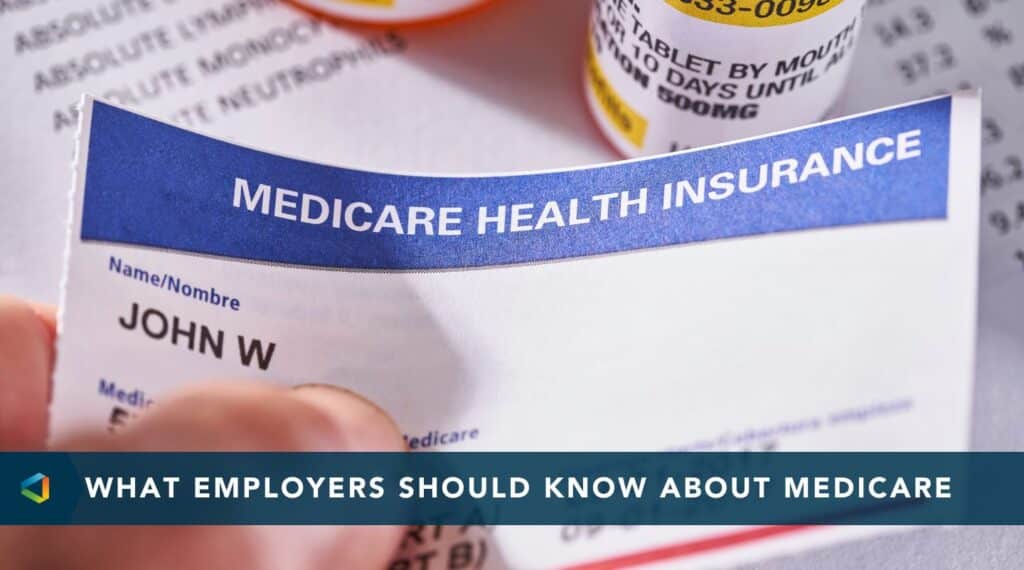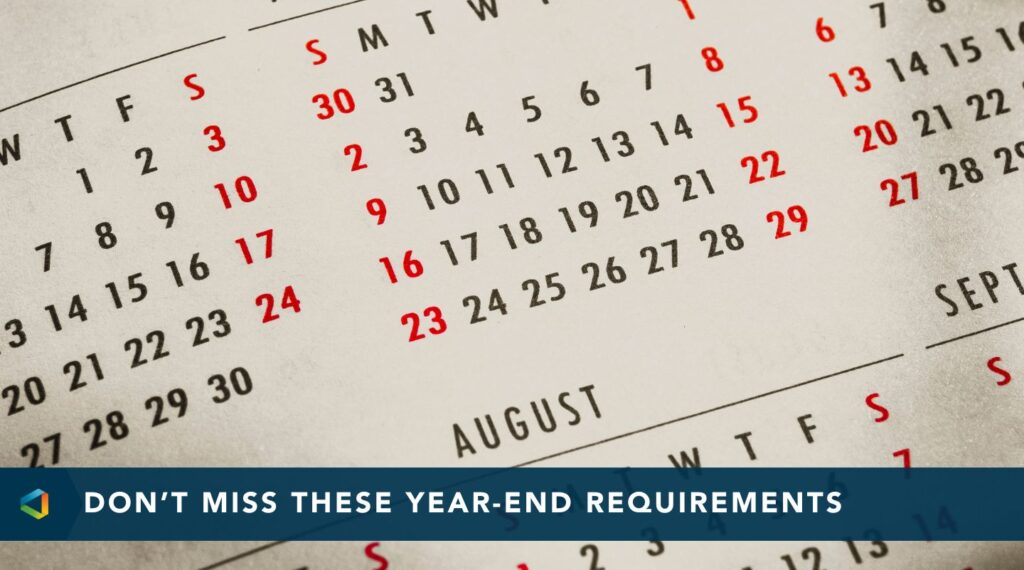For many businesses and their employees, the benefits calendar begins and ends each January 1st. This means that as we are now accelerating towards the end of the year, and open enrollment is upon us.
As employers begin to sift through all of the different health care options that are now available to them, their focus will be solely on affordability. This is primarily because of employer requirements now in place via the Affordable Care Act (ACA). Over the past year or so, the health insurance options available for employers have changed to adapt to the new environment prompted by the ACA. Many employers will begin to consider:
- Changing health insurance companies
- An exclusive focus on “Consumer Driven Health Plan Designs”
- Alternative Funding Methods (self-insurance, minimum premium, level-funding)
- Alternative Employee contribution scenarios (spousal surcharge, tobacco surcharge, etc.)
- Incentive Based Health Improvement Programs (Wellness)
- Private Exchanges (Defined Contribution)
- Access Health (CT Public Exchange)
…or some combination thereof.
Suffice to say, by the time employers and their consultants put their final touches on the new 2015 health insurance package, employee offerings could be quite different.
The purpose of this blog post is to create an awareness of imminent change. The health care environment is changing and it will most certainly affect us all. Therefore, as a purchaser of health insurance YOU need to understand your options and what is being offered to you by your employer.
Here are three simple pieces of advice that are easy to understand, yet challenging to execute:
-
Pay Attention
at Open Enrollment – So many of us in the workforce spend very little time making our annual health insurance decision (less than 15 minutes on average) and the cost can be hundreds, even thousands of dollars. Employers may be offering a whole host of new vehicles to help employees save money and manage health care costs. YOU need to understand what they are, and how they work to determine what is best for YOU.
-
Read
The Information Provided to You – Most employers and their consultants prepare detailed documents to employees explaining what is available to them, how it all works and what it costs. This is your best opportunity to make an informed decision and to advocate for yourself. Understanding that most people only look at this information once a year, it is likely that the information will be confusing and include terms and acronyms that aren’t familiar.
-
Ask Questions
This can be challenging for many of us because it’s hard to formulate questions when it comes to insurance “jargon.” Relax, take a deep breath and just say, “I don’t understand, please explain it again.” Most presenters at open enrollment meetings love to hear that because it gives them an opportunity to do their job and help their clients.
Believe me when I tell you that health care is changing now more than it ever has, and these changes will affect every American. My challenge to you, is to not take the easy way out, explore and ask questions, and remember, don’t settle for the status quo—it could cost you.




